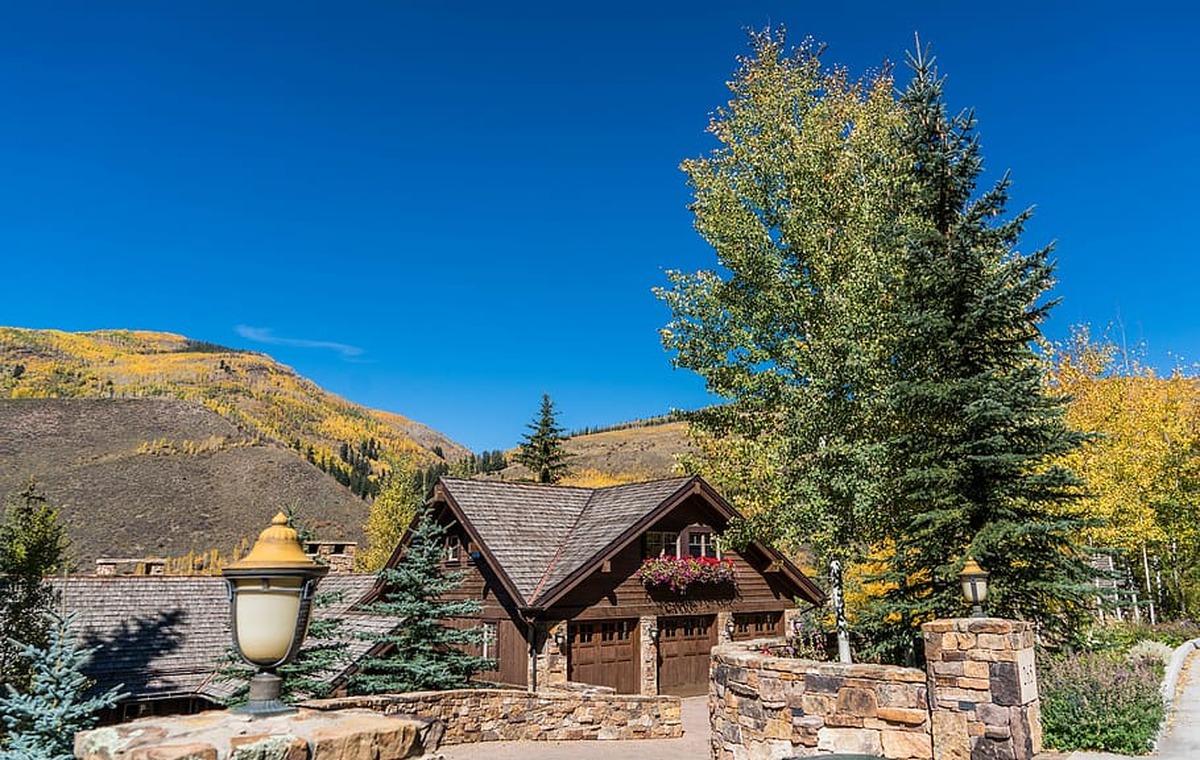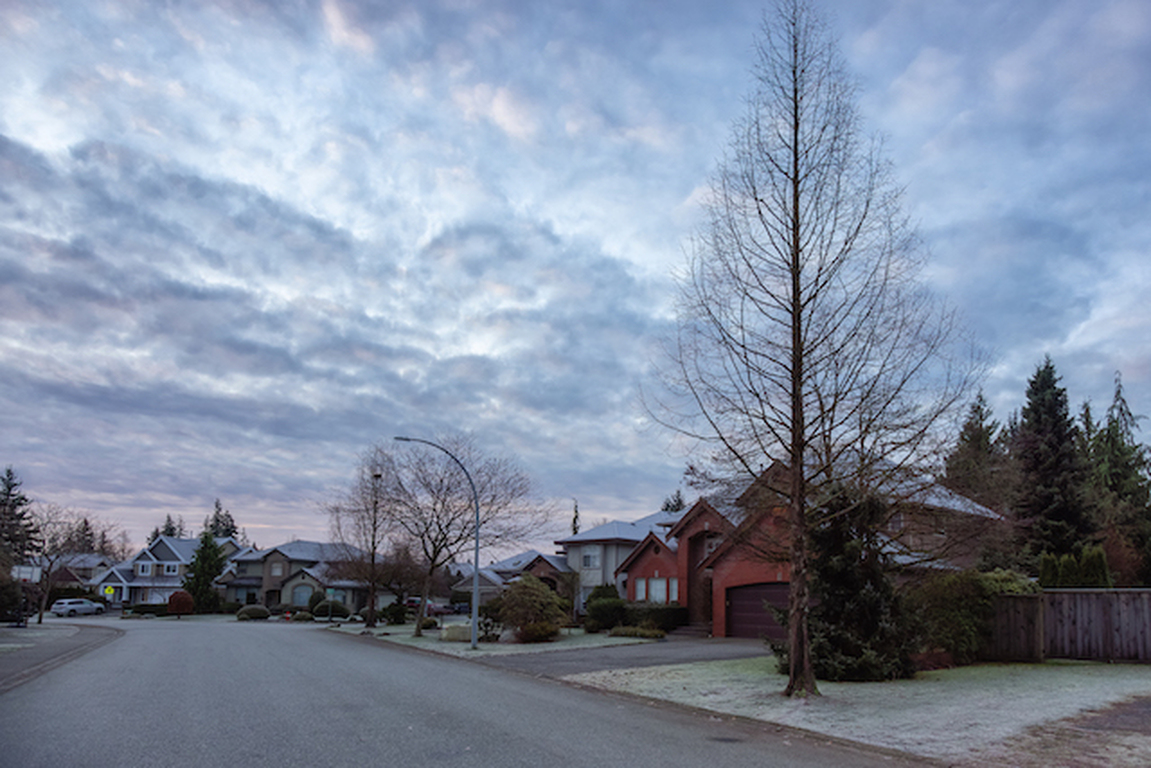Hispanic homeownership may Hit 50% by 2025
The Hispanic homeownership rate continued a steady rise last year and could reach 50 percent by 2025, despite a “hostile” market, according to an annual report from the National Association of Hispanic Real Estate Professionals (NAHREP).
In 2021, the Hispanic homeownership rate rose to 48.4 percent, compared to 47.5 percent in 2019 — a rate not seen since the housing boom in 2004. After rising to a high of 49.7 percent in 2006 and 2007, the Hispanic homeownership rate fell in subsequent years after the housing bust, down to 45.4 percent in 2014.
But the rate has been increasing every year since then, according to U.S. census figures included in the report.
“At this rate, Latinos could reach a 50 percent homeownership rate by 2025,” the report, which was released last week, said.
Latino owner households have jumped by a net 1.9 million since 2014; 657,000 of those households formed between 2019 and 2021, adding up to a total of 8.8 million households.
The report noted that Latinos accounted for 78.5 percent of overall homeownership growth between 2011 and 2017, compared to a net loss of 897,000 households among non-Hispanic Whites. But between 2017 and 2021, whites made up 55.1 percent of homeownership growth while the Latino share fell to 20.6 percent, according to the report.
During the same period, there was an increase in white household formations, rising from only 6.8 percent of household formations between 2011 and 2017 to 41.5 percent between 2017 and 2021, the report said. Meanwhile, the share of Latino household formations fell from 42.7 percent to 29.2 percent.
“Speculatively, the unexpected boom in Non-Hispanic white household formations since 2017 (2.7 million) resulted primarily from Millennials who formed households at a slower rate when compared to previous generations and who relied on generational wealth,” the report said.
“These individuals were able to take advantage of record-low interest rates and enter the homeownership market.”
Latinos are twice as likely to use Federal Housing Administration (FHA) loans to finance their home purchases compared to their white counterparts, putting them at a competitive disadvantage in 2021’s low inventory market, which has been “hostile” to first-time buyers using low down payment products, according to the report.
“These homeownership increases occurred despite 2021 being one of the most hostile housing markets of recent times,” the report states. “This was particularly the case for lower-wealth first-time buyers, many of whom rely on low down payment loan products.”
“The widening housing inventory shortage, compounding underproduction of housing, and the rise in institutional investors sweeping up single-family homes have exacerbated the affordability crisis,” the report added.
“NAHREP’s survey of real estate practitioners reaffirms these problems, indicating a strong seller bias in favor of institutional investors, conventional borrowers, and individuals able to make large down payments or all-cash purchases.”
Moreover, Latinos were disproportionately impacted by the lack of inventory because they are concentrated in areas where inventory has dipped to record lows and home appreciation is high, including Arizona, Florida, California and New York.
But NAHREP does not expect the current household formation trends to continue, noting that the Urban Institute predicts that Latinos will make up 70 percent of homeownership growth over the next 20 years.
“Latino youth, high workforce participation, and unwavering commitment to homeownership attainment reassure that future growth in the homebuyer market remains largely dependent on the Latino population,” the report said.
But the Urban Institute’s prediction is not guaranteed, NAHREP warned.
“Inventory challenges must be solved, and the U.S. housing and home lending industries must create an environment that is more conducive to first-time homebuyers, especially for communities of color,” the report said.
“Failure to address the housing supply crisis could result in a steep decline in the overall homeownership rate and have a devastating impact on the nation’s GDP and economic well-being.”
In 2021, the Hispanic homeownership rate rose to 48.4 percent, compared to 47.5 percent in 2019 — a rate not seen since the housing boom in 2004. After rising to a high of 49.7 percent in 2006 and 2007, the Hispanic homeownership rate fell in subsequent years after the housing bust, down to 45.4 percent in 2014.
But the rate has been increasing every year since then, according to U.S. census figures included in the report.
“At this rate, Latinos could reach a 50 percent homeownership rate by 2025,” the report, which was released last week, said.
Latino owner households have jumped by a net 1.9 million since 2014; 657,000 of those households formed between 2019 and 2021, adding up to a total of 8.8 million households.
The report noted that Latinos accounted for 78.5 percent of overall homeownership growth between 2011 and 2017, compared to a net loss of 897,000 households among non-Hispanic Whites. But between 2017 and 2021, whites made up 55.1 percent of homeownership growth while the Latino share fell to 20.6 percent, according to the report.
During the same period, there was an increase in white household formations, rising from only 6.8 percent of household formations between 2011 and 2017 to 41.5 percent between 2017 and 2021, the report said. Meanwhile, the share of Latino household formations fell from 42.7 percent to 29.2 percent.
“Speculatively, the unexpected boom in Non-Hispanic white household formations since 2017 (2.7 million) resulted primarily from Millennials who formed households at a slower rate when compared to previous generations and who relied on generational wealth,” the report said.
“These individuals were able to take advantage of record-low interest rates and enter the homeownership market.”
Latinos are twice as likely to use Federal Housing Administration (FHA) loans to finance their home purchases compared to their white counterparts, putting them at a competitive disadvantage in 2021’s low inventory market, which has been “hostile” to first-time buyers using low down payment products, according to the report.
“These homeownership increases occurred despite 2021 being one of the most hostile housing markets of recent times,” the report states. “This was particularly the case for lower-wealth first-time buyers, many of whom rely on low down payment loan products.”
“The widening housing inventory shortage, compounding underproduction of housing, and the rise in institutional investors sweeping up single-family homes have exacerbated the affordability crisis,” the report added.
“NAHREP’s survey of real estate practitioners reaffirms these problems, indicating a strong seller bias in favor of institutional investors, conventional borrowers, and individuals able to make large down payments or all-cash purchases.”
Moreover, Latinos were disproportionately impacted by the lack of inventory because they are concentrated in areas where inventory has dipped to record lows and home appreciation is high, including Arizona, Florida, California and New York.
But NAHREP does not expect the current household formation trends to continue, noting that the Urban Institute predicts that Latinos will make up 70 percent of homeownership growth over the next 20 years.
“Latino youth, high workforce participation, and unwavering commitment to homeownership attainment reassure that future growth in the homebuyer market remains largely dependent on the Latino population,” the report said.
But the Urban Institute’s prediction is not guaranteed, NAHREP warned.
“Inventory challenges must be solved, and the U.S. housing and home lending industries must create an environment that is more conducive to first-time homebuyers, especially for communities of color,” the report said.
“Failure to address the housing supply crisis could result in a steep decline in the overall homeownership rate and have a devastating impact on the nation’s GDP and economic well-being.”


 Menu
Menu




